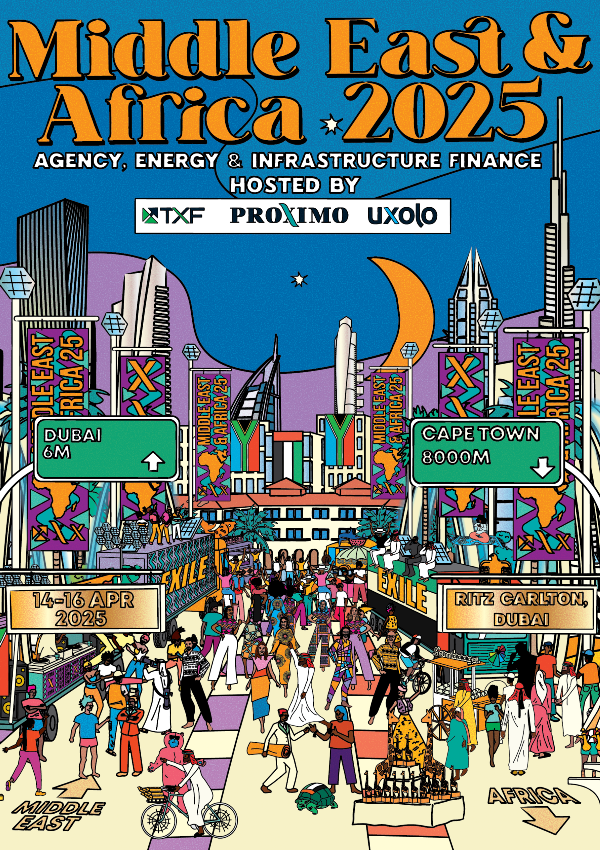Get the full report: Trade finance – faster food for fund appetites
Trade finance as an asset class is set for growth in the near term, according to 78% of respondents in a survey of investment professionals carried out by TXF in association with EFA Group. Download our most comprehensive measure of investor appetite to date.

CLICK HERE TO DOWNLOAD THE FULL REPORT
Trade finance as an asset class is set for growth in the near term, according to 78% of respondents in a new survey of investment professionals carried out by TXF in association with EFA Group. In the longer term (more than five years), respondents were even more bullish, with 93% expecting medium to high growth in trade finance assets.
To more fully reach its potential however, there needs to be increased education, awareness and standardisation, respondents add.
This optimism is reflective of a movement that has gathered pace as both users and providers of trade financing have found themselves in the midst of a perfect storm. On the one hand, compliance, regulatory capital requirements and operating margin pressure have hamstrung banks' ability to fully finance the growing global trade market, stretching the trade finance gap to $1.5 trillion according to ADB estimates.
On the other, this partial retreat of banks from trade lending alongside the tightening of yields in the mainstream debt capital markets has made the potentially higher returns from trade finance assets more attractive to institutional investors.
Key findings from the report include:
- Confidence in growth of the asset class
Nearly half of respondents (45%) expect steady growth, while approximately one-third see growth accelerating, and that optimism increases over the longer term. Another encouraging finding for trade finance advocates from the report was the level of confidence in the trade finance asset class’ growth trajectory, strongest particularly among investors in Europe and Asia – although the greatest appetite for trade finance assets was seen in Asia Pacific, North America and MENA.
- Investment in internal infrastructure supporting investment requirements underway
Some 58% of respondents are investing in internal infrastructure to enable them to invest in trade finance, underscoring their commitment to the sector in the longer term.
- Reliability and solidity of asset class as key factor but it still has risks
Respondents were aware of and comfortable with taking on emerging markets risk through trade finance assets but said they were ready to compromise on returns for safer assets. Notably, they strongly disagreed with the argument that trade finance is “not risky” or that it should act as a parking spot for surplus liquidity.
- Familiarity breeds investment in short term, self-liquidating, low yield fixed-income assets
The short-term and self-liquidating nature of assets and the low fixed yield income they generate motivates investment in trade finance assets according to the respondents – 65% of whom had a high to very high level of familiarity with the sector.
- Managed funds and direct bilateral investments top poll
The most popular method of investing in trade finance assets is currently through a managed fund or directly on a bilateral basis, with asset-backed securities taking third place, the report showed.
- Need for information, communication, transparency and reliable data for future growth
Before trade finance can tap these opportunities however, more work is needed. To attract a wider investment base, respondents said that improved information, communication and transparency is key, as well as more reliable data to enable more robust risk management. Initiatives within the trade finance community that respond to these requests are well underway, led in large part by the ICC Banking Commission.
More Information
These are some of the key findings from the TXF-EFA Group Market Report on Investing in Trade Finance Assets. If you are interested in receiving a copy of the full report, please contact: hesham.zakai@txfmedia.com
A Note on Methodology
In collaboration with EFA Group, TXF conducted a global investor survey on trade finance. 50 interviews were conducted, with respondents coming from more than 15 countries worldwide. The participating interviewees were senior managers working in pension and/or insurance funds, or for established asset management firms.





